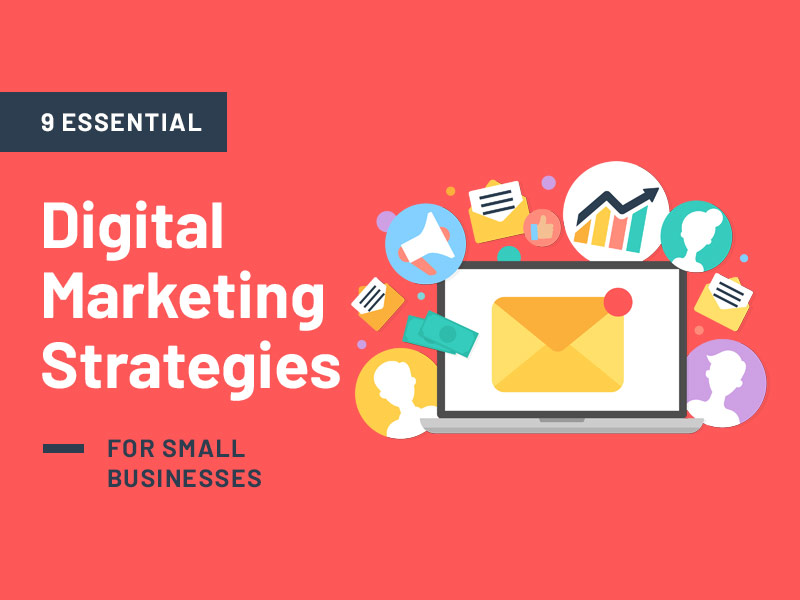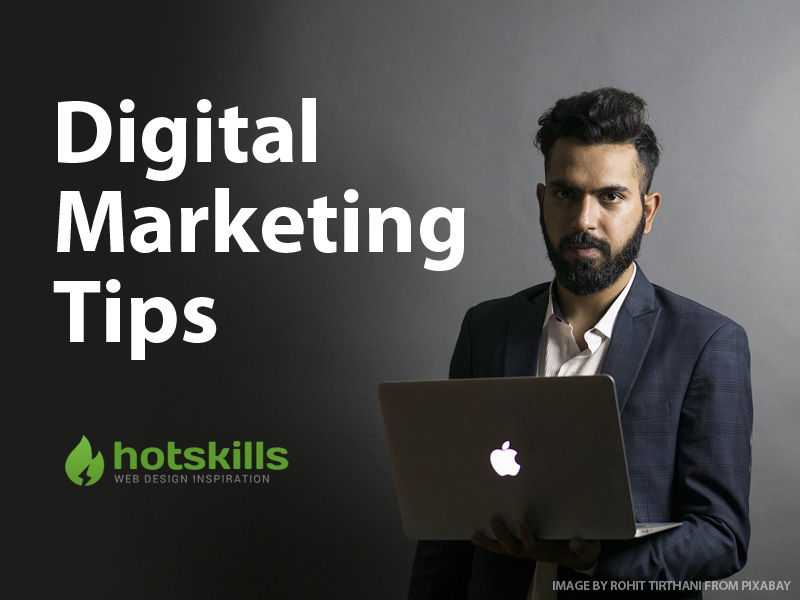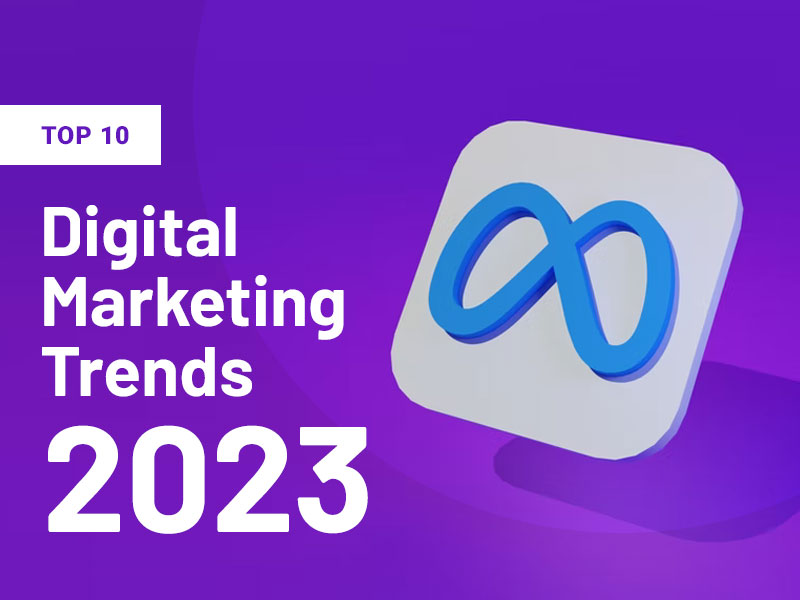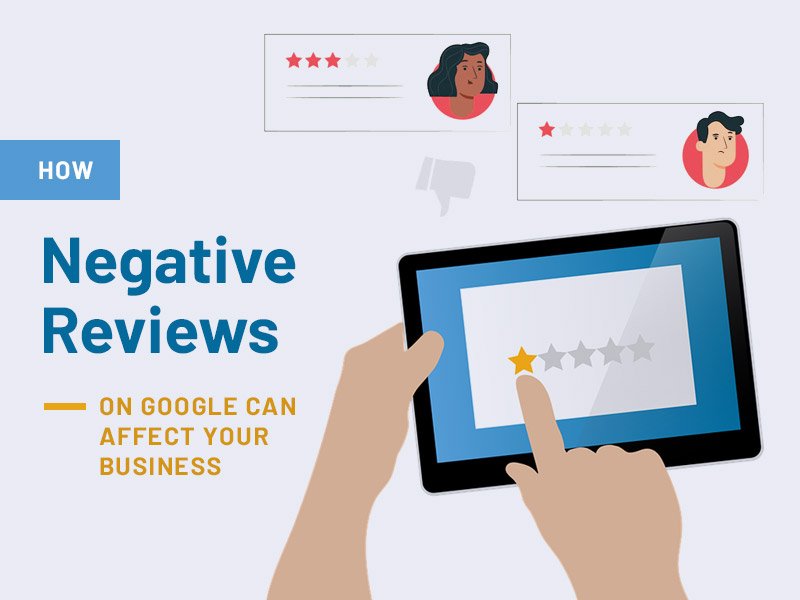When you start a small business, the first thing that comes to mind is that if you build it, customers will come. However, that mindset destroys businesses because it undermines the necessity of marketing.
Let’s say that you build a working time machine. Every person in the world wants to use one. You can return to the past, correct mistakes, or peek at the future and buy winning lottery tickets. But here’s what will happen if you “build it and wait for customers to come“:
- 1. No one will know it exists (because you don’t market it)
- 2. When you tell someone, they won’t believe you (because there’s no social proof)
- 3. The machine will be forgotten (because no one will use it)
- 4. You’ll waste your time (pun intended)
Building something is not enough in the age of the internet. You need buzz around it to get the word out, start growing, reach more people, and make profits.
Marketing is all about attention. With these 9 essential digital marketing strategies, you will get the most bang for your buck. Everything is scalable, so you only need one channel that works. When you see traction, hit on the gas.
9 Essential Digital Marketing Strategies For Small Businesses
1. Social Media
On average, people spend 2.5 hours per day on social media. The algorithms control what people see, what they talk about, and what they think.
Now, it’s harder than ever to grow a social media account. There are billions of them. How will you gain traction?
It’s easy. Create content and start local. Make a post announcing that you started a new account, and ask your friends, family, and followers to share it. But make it easily shareable. Write several post descriptions, make some pics. When all it takes is to copy and paste, everyone will help you out. After you have a few followers, it’s time for the next phase.
Use social media ads to place your product or service before your ideal buyer. Start with a low budget for multiple ads and amplify the winning campaign.
You can boost posts to increase brand awareness or focus on a conversion-based campaign to get sales. It’s all up to you.
Quick tips for each platform that cost zero dollars
- Facebook. Join Facebook groups related to your niche. Comment on posts and give genuine value to people asking for insight and prove your expertise. After people notice you’re legit, they will interact with you or visit your page to become customers.
- Instagram. Use Instagram’s latest features to get on the Explore page. The algorithm rewards people who jump on board with the newest updates. Instagram has stories, IGTV, carousels, Reels, and Lives. First adopters go viral much easier than people who stick to the same old. When you create content that lands on the Explore page, you’ll get an instant boost in followers, views, and engagements. The same tip applies to all other platforms, but you can notice the effect on Instagram the most.
- Tik Tok. Jump on the latest trend. When a meme, sound, or remix becomes popular, create content around it. Do it fast, do it often, and try multiple times. The TikTok algorithm is the weirdest one of all, and sometimes, it will push one of your videos to thousands of people just because you’re consistent. Stick to a schedule and follow trends.
- X (Twitter). To gain traction on X (formerly Twitter), you can start by being a “reply guy/girl.” That’s slang for someone interacting with many posts and adding an opinion. Comment when others post, and they’ll comment when you post. This camaraderie is unique to the platform. But remember that you shouldn’t be pushy with your marketing and come out as a sleazy salesperson. Be honest and transparent, and it will work out.
The cost for all of these tips: $0 and your time.
2. Influencer Marketing
If you work with influencers, you can get traction and a social media boost. Many owners don’t want to work with influencers because they consider it expensive. And they’re right. Big influencers with millions of followers charge thousands per post or promo. But you don’t have to work with the most popular ones.
Instead, look for micro-influencers with 1,000 to 10,000 followers. Create a special offer for their audience, and be prepared to handle a sudden growth spike. These rising stars will help you achieve more visibility, and they won’t break the bank.
3. Search Engine Optimization (SEO)
If you like organic traffic, focus on search engine optimization. When a user asks a question on Google, Bing, or Brave, and you’ve got the answer, they’ll visit your site.
But getting to the top spot in search engine ranking pages (SERPs) is a long, tough, and grueling process. You need to learn about keywords, optimize your website, create content consistently, and get backlinks to raise your domain authority.
The best strategy here is to pick a long-tail keyword with little competition and try to rank for it. Experiment with techniques, and expect results to show up three months after you post. It’s better to take it slow and steady. If you try to fast-forward the process, Google will think you’re using black-hat strategies to rank higher and ban your website. SEO is great for people playing the long game, but beginners should focus on local.
4. Local SEO
Focus on local SEO if you’ve got a physical store or a service that people in your vicinity need. It’s easier. You can get better organic traffic and rank faster.
Of course, you still need to pay attention to meta descriptions, titles, and tags and follow the best practices for search engine optimization. You can talk to a few news outlets in your hometown to feature your business by sharing actionable tips for the general public and get a few backlinks.
Complete a Google My Business listing, ask your regulars for a few reviews, and perform keyword research to see what people are searching for. Adapt your website content to answer queries, and monitor your progress constantly.
5. Content Marketing
Content marketing is the way you tell the online world about what your business is all about. Every text, image, video, and audio says something about your brand. It’s all content.
Making better content will help you reach more people. However, many small business owners need help with consistency. They post every day for a month and then stop abruptly. What should you do when you run out of ideas?
The easy answer is to do what everyone else is doing. Post a meme, ask a question, organize a live webinar, record parts of your day in the office, show how you approach problems, showcase a great employee, or follow the current trend.
You can create content from the most mundane activities in your day. What’s basic and boring to you might be new and exciting to a beginner.
Remember to occasionally update your evergreen content, like guides, ebooks, and statistics. That way, you can reuse something created a year ago and make it relevant again. It also helps your inbound marketing process because you’ll have posts about every stage of the buyer’s journey.
6. Email Marketing
Email marketing is divided into two categories: cold and warm. Cold email stands for reaching out to people who have never interacted with your brand. You’re sending an email to a stranger.
Warm email is the polar opposite. You’re sending an email to someone who subscribed to your newsletter.
In a cold approach, you’re using outbound marketing strategies to try and convert random people into your visitors. It’s difficult, and it doesn’t work well for small businesses.
But if people willingly give you their email, you can consider them leads. Build an email list slowly and nurture it. Don’t be spammy; send out two to three emails weekly.
Email is still the largest brand-converting channel, and it happens in the background. It’s a passive way to enhance your overall strategy, and some tools automate the entire process.
7. YouTube Videos
YouTube is the second largest search engine after Google. If you can create videos around your service or product (and you always can), start doing so. All you need is your phone, and there are free tools to help you edit.
People would rather watch a video than read about a topic or how to do something. Showing a demo of how your product or service works in a real scenario is great for marketing.
Turn every blog, guide, and how-to post into a video and add them to your website. This improves the SEO of your site and increases the number of views.
Learning to make videos and be fun on camera will bring more eyes to your brand. Plus, you can share the same content on all other social media platforms.
You can also work with a professional to create a YouTube ad. The great thing about video ads on YouTube is that they’re unskippable. Users will watch the first five seconds, and you have to catch their attention in that time.
8. Affiliate Marketing
Affiliates promote your products and services and get cut from every sale. This saves you time and effort and boosts your sales.
You’ve seen influencers promote a link to a store with a discount code. They get commissioned when someone creates an account or when they purchase something. It doesn’t take a lot to set up. All you need is an e-commerce store where the tools are readily available.
You can set up click-based or sales-based commissions depending on the campaign you want to create. Then, use a CRM, Facebook, or Google Ads results to analyze its performance.
The most challenging thing about this type of marketing is coming up with a creative way to approach affiliates. You must have an enticing offer, or they won’t work with you. If your competitors do the same thing, offer a larger cut or free products.
9. Analytics
Without analytics, all of your efforts will be in vain. It’s how you monitor a campaign’s performance, and it’s free. Install Google Analytics on your website, and use Facebook Pixel. These tools allow starters to determine how your audience responds to a campaign.
Everything is user-friendly, and the only thing you do is look at numbers. How many people watched your video? How long did they watch it? How many people clicked on your website after viewing the ad? How many people purchased something after landing on your site?
The answers to these questions will give you a better understanding of your audience and help you compare campaigns, channels, and strategies.
Don’t Forget This One Thing
Don’t forget about cybersecurity, no matter your channel strategy. Hackers target small businesses because they don’t follow any best practices for data protection. Here’s a list of a few things you can do to ensure cybercriminals don’t affect you:
- Create strong passwords
- Use a different password for every account
- Use multi-factor authentication
- Scan files for viruses
- Use an antivirus
- Use a VPN
- Check links before you click on them
- Don’t open suspicious emails
- Update software regularly
- Backup your data
Sometimes, hackers will pretend to be your customers to exploit your vulnerabilities. They can plant malware in PDFs, use your IP to track your location, perform DDoS attacks, or steal your data. Stay vigilant and follow these tips to protect your business.
Ask For Help And Feedback
Marketing is an art and a science, and it doesn’t come naturally to everyone. But you can learn it with practice. Small business owners must move fast, get feedback, and try again.
Communities like Indie Hackers, Product Hunt, and Y Combinator are places where startup founders, entrepreneurs, and small business owners help each other. You can share what you’re struggling with, and they’ll give you feedback on what to improve and how to scale. You can connect with people in your niche and read stories about where people failed, mistakes to avoid, and success stories to keep you motivated.
You can also work with a freelancer to help review your strategy and give you pointers and suggestions on what to change. Even AI tools like ChatGPT can help find holes in your marketing, develop improvements, and write copy for your ads.
Digital marketing is like a rollercoaster. It has its ups and downs. With these essential digital marketing strategies, you will be well on your way to increasing visibility and profits. When you get good at them, your small business will become big!






